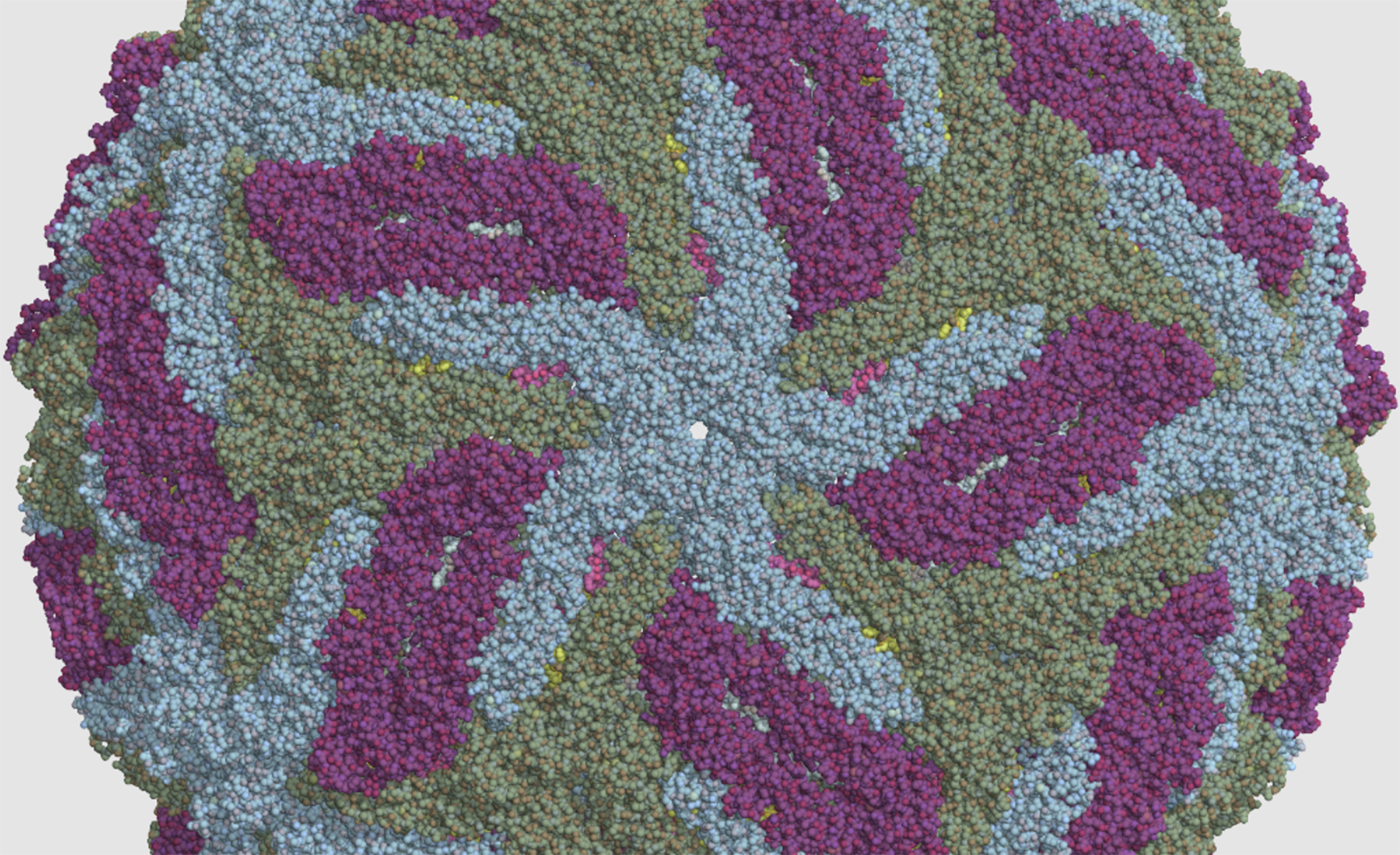In the last couple of years, you may have seen some extremely detailed models of microscopically tiny things. Like the highly detailed image above – a model of the Zika virus based on the cryo-EM scan of the virus – these images are far more detailed than anything that’s come before. In 2017, the Nobel Prize in Chemistry was awarded to Jacques Dubochet, Joachim Frank and Richard Henderson for the development of cryo-electron microscopy. Their work is why we can see all this detail at near-atomic magnification.
But knowing how to get an image like that and having the resources to create it are two different things. An immense amount of processing power is needed to take all the data from a cryo-EM scan and render an image in such detail. To make these images, you’d not only need a computer powerful enough to do it, but you’d need software to manage the process. That’s where CryoSPARC comes into play.
CryoSPARC is designed specifically for the task of processing cryo-EM data. The software is a tremendous resource for bioscience research, especially since it’s been hard to find on HPC resources prior to Anvil installing it. By adding this software to Anvil, Purdue has increased the value of ACCESS to bioscience researchers. Anvil also operates using Open OnDemand, an open-source portal that enables web-based access to HPC services. Open OnDemand has proven to be popular among users – especially those unfamiliar with navigating cyberinfrastructure. It’s easy to use, and your research can be managed anywhere, even on your phone.
If you’re a researcher interested in using cyberinfrastructure in your next project, visit the Allocations page to find out more about getting started. Explore allocations are very easy to apply for and are open year-round.
You can read more about this story here: Introducing CryoSPARC: Anvil’s powerful new software aimed at bioscience research
Project Details
Resource Provider Institution: Rosen Center for Advanced Computing (RCAC)
Affiliations: Purdue University
Funding Agency: NSF
Grant or Allocation Number(s): Anvil is funded under NSF award No. 2005632
The science story featured here was enabled by the ACCESS program, which is supported by National Science Foundation grants #2138259, #2138286, #2138307, #2137603, and #2138296.


